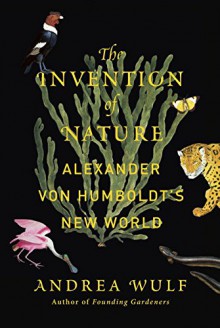
It's not that often that a book about murder makes me smile, but Emsley has bit of a "Battle of the Grand Dames of Mystery" going on here. (I have put the titles in spoiler tags in case the plot description provides spoilers...)
In the red corner, Dame Agatha:
Agatha Christie built one of her murder mysteries around thallium poisoning. In
(spoiler show)1952 she wrote The Pale Horse
, in which the murderer used it to dispose of people’s unwanted relatives and disguised his activities as black magic curses. The plot involves a murdered priest and a pub owned by three modern-day witches.* Christie described the symptoms of thallium poisoning very well: lethargy, tingling, numbness of the hands and feet, blackouts, slurred speech, insomnia, and general debility, and she is sometimes blamed for bringing this poison to the attention of would-be poisoners. However, her book was responsible for saving the life of one young girl as we shall see.
In the blue corner, we have Ngaio Marsh also using Thallium:
In
(spoiler show)Final Curtain, written in 1947
, the novelist Ngaio Marsh had her villain using it. The murder to be investigated was the death of
(spoiler show)Sir Henry Ancred
who had been poisoned with thallium acetate which had been prescribed in the treatment of his granddaughter’s ringworm. Marsh clearly had no knowledge of how thallium worked in that she imagined that those poisoned with it would drop dead in minutes. Would-be murderers seeking to emulate her villain would have been very puzzled when their intended victims appeared to suffer no ill effects, although this disappointment might only have lasted a few days, and then they would have been fascinated at the many symptoms it produced.
I haven't read Marsh, yet, (something I intend to remedy someday) but one of the fun aspects in Dame Agatha's work is that she seldom gets the use of poisons wrong. Her training as a nurse and familiarity with pharmacy had much use, of course, but she also didn't slack on her research in that field.
This is the only instance in Emsley's book that cites crime writing. The rest of the book recounts real events and people.

 Log in with Facebook
Log in with Facebook 










